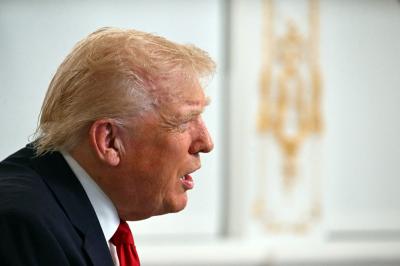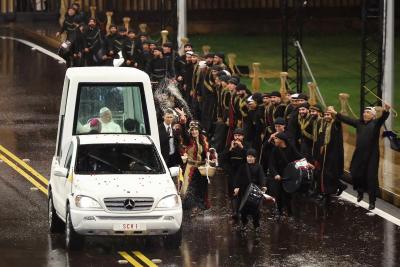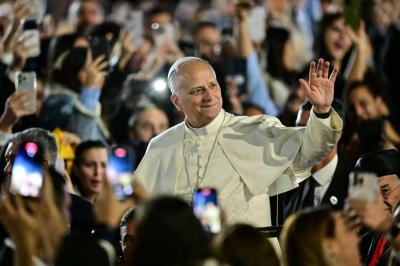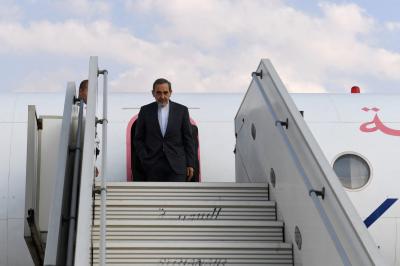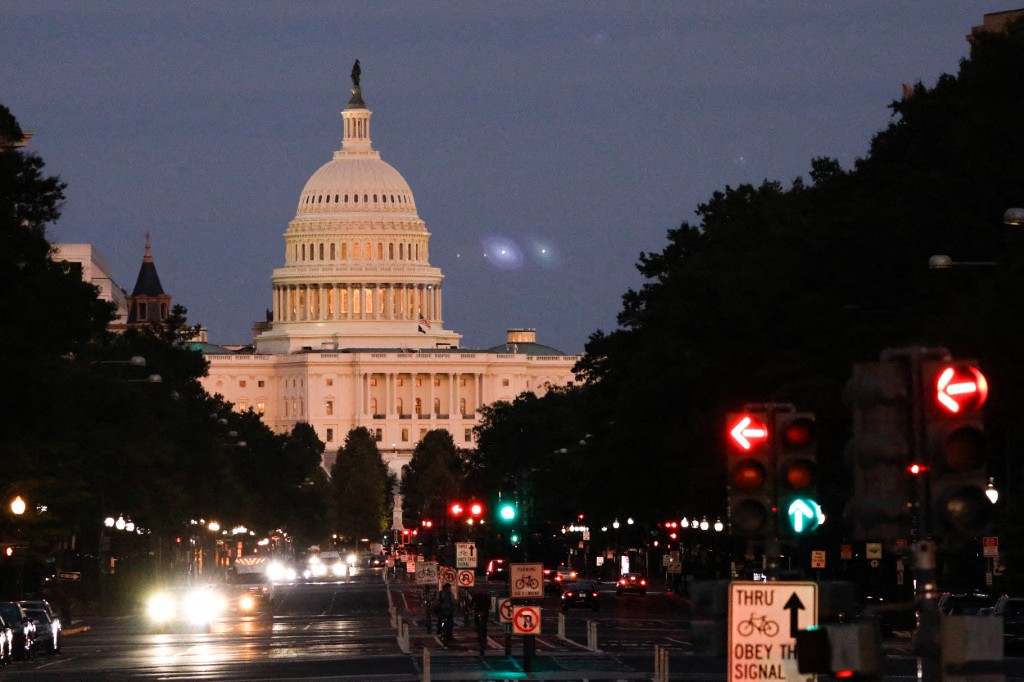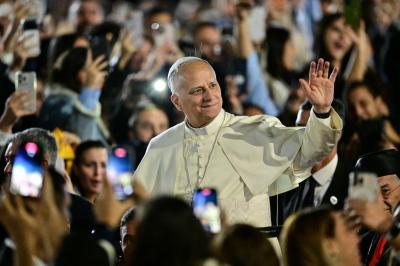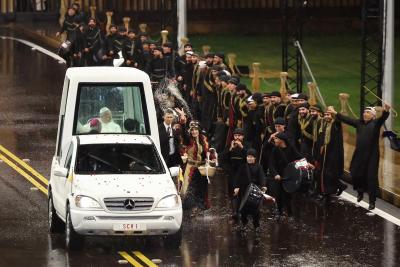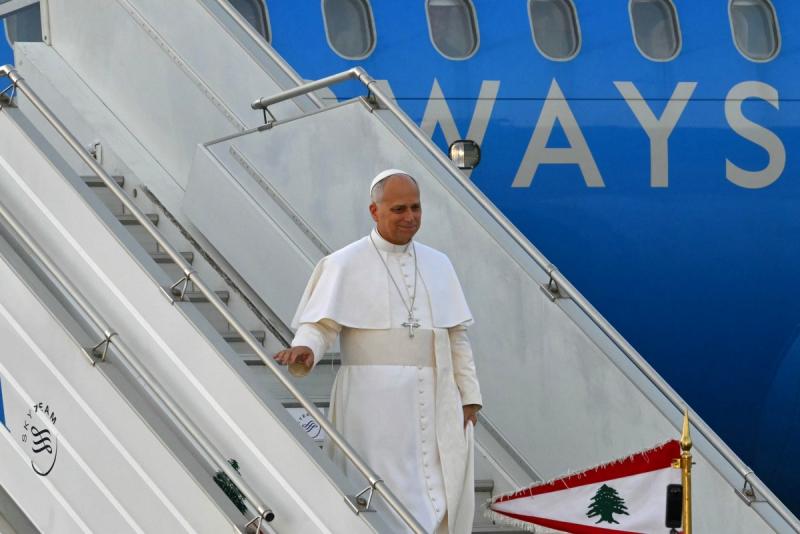The current US government shutdown that started on the first of this month shows no sign of abating. Now well into its third week, it exposes a profound political and economic crisis deeply rooted in the country’s historic partisan divisions.
Historical Context
Government shutdowns in the United States have become a recurring, albeit contentious, feature of Congressional budgetary impasses when appropriations bills are not passed on time. Since the modern budget process was codified in the 1970s, shutdowns have generally been short-lived, but the longest prior to 2025 was the 35-day shutdown of late 2018 to early 2019 during President Trump’s first term. The current shutdown is the 11th government shutdown in modern U.S. history and the third under President Trump’s administration. The core trigger remains disputes over healthcare funding, particularly the extension of Affordable Care Act [known as the Obama Care] subsidies and Medicaid programs, which Democrats vehemently support and Republicans seek to curtail. The failure of Congress, especially the Senate where a 60-vote supermajority is required to advance appropriations bills, to reach timely agreement underscores persistent legislative gridlock.
Political Context
The shutdown reveals deep partisan entrenchment in Washington. President Trump and congressional Republicans, led by Speaker of the House Mike Johnson, have adopted a hardline stance, refusing to negotiate on healthcare funding until Democrats drop their demands to extend subsidies and Medicaid coverage. Democrats insist the government must reopen first, demanding the preservation of these social safety nets. This standoff exposes a significant ideological battle over the future role of federal government programs in healthcare and social welfare.
For Republicans, the shutdown is both a risk and a calculated political bet. It is a way to push forward an agenda aimed at reducing government spending on social programs and reshaping the federal budget in accordance with conservative priorities. However, it also carries electoral risks as public attention focuses on the economic hardships suffered by federal workers and constituents impacted by cutbacks in government services. Some Republican leaders worry about backlash ahead of upcoming midterm and local elections, as prolonged shutdowns historically have eroded voter support for the party perceived as obstructing government functioning.
Democrats, on the other hand, are politically galvanized to portray the shutdown as a manufactured crisis driven by Republican intransigence. They use the shutdown to highlight issues of economic inequality and the protection of essential healthcare programs, aiming to mobilize their base. However, there is also a risk that prolonged shutdowns wear on public patience and frustrate voters, especially if Democrats are seen as unable to negotiate an end or if the disruptions to daily life become severe. Democratic leaders face pressure to maintain solidarity on healthcare demands while balancing the need to be viewed as responsible governance actors.
The shutdown thus amplifies partisan polarization, reducing incentives for bipartisan compromise and further eroding political trust across the electorate. It intensifies intra-party debates within both parties, between hardliners eager to maintain maximalist policy positions and moderates advocating for pragmatic solutions to reopen government.
Economic Impact
In the short term, the shutdown has caused furloughs and layoffs of over 600,000 federal workers, including essential staff in health, agriculture, and veterans’ services. Numerous government offices and programs are operating under limited authority or are closed entirely, disrupting public services. The private sector, especially contractors and businesses dependent on government funding, is also experiencing uncertainty and economic strain.
Middle-term economic effects likely include declining employee morale and retention in the federal workforce, delays in government-related investments and social program delivery, and weakening consumer and business confidence. The shutdown has begun to weigh on GDP growth, increasing the risk of slower economic expansion or contraction if the impasse continues.
Long term, frequent government shutdowns threaten U.S. fiscal credibility, affecting markets and investor confidence domestically and globally. They undermine the ability of the federal government to efficiently implement policies, manage crises, and maintain stable operations. Repeated budget crises may deter investment, complicate economic planning, and inflame social tensions linked to government dysfunction.
This current government shutdown extends beyond a mere fiscal impasse; it is a stark manifestation of entrenched political polarization that threatens both the effective functioning of US governance and economic stability. Its consequences are multifaceted—disrupting critical public services and federal employment, shaking economic confidence, and deepening partisan divides. For Republicans, it represents a high-stakes gamble to reshape federal priorities against mounting public frustration, while Democrats leverage the crisis to defend social welfare gains but risk political weariness.
Unless durable bipartisan compromise is achieved soon, the shutdown’s social, economic, and political costs will continue to escalate, presenting profound challenges for President Trump’s administration and Congress in restoring government functionality and public trust.
Please post your comments on:
[email protected]
 Politics
Politics

